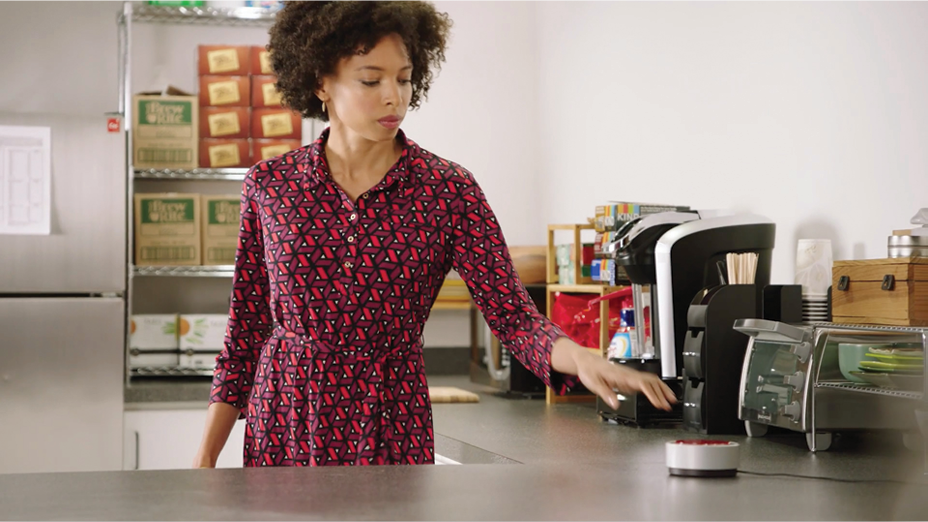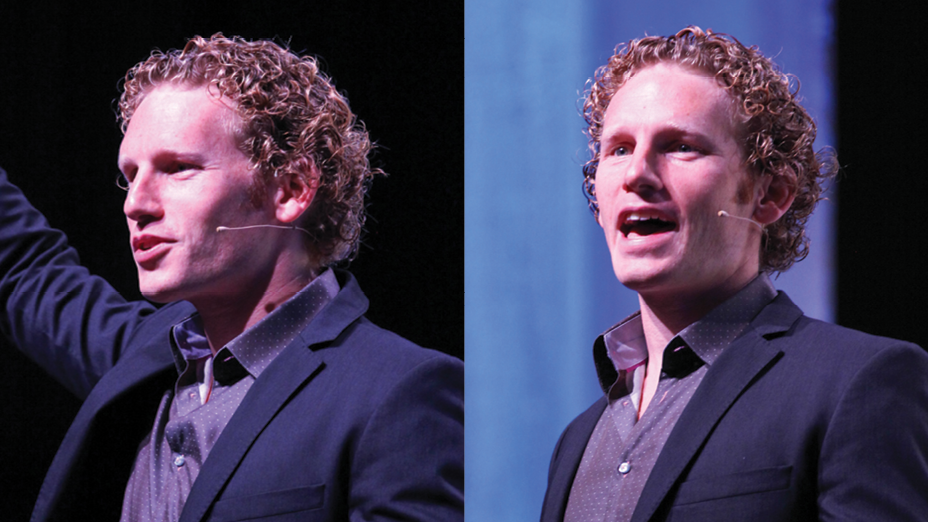This is one of Gartner’s top 10 strategic predictions for 2017 (http://ibm.biz/gartnertop10-aom) and beyond and by far the most striking one. No doubt, this coming revolution in cognitive computing will affect all aspects of business but one area where it will revolutionize our interactions is in marketing and customer engagement. Customer expectations are at an all time high, customers expect organizations to know them and personalize each interaction based on where they are in their buying journey. At the same time, marketers are gaining more and more visibility and responsibility in the organization. Forrester reports that 82% of CMOs report their goals are aligned to revenue targets and 1 in 3 CMOs hold responsibility for business unit P&L (up 13% from 2014) (Forrester – “The Evolved CMO in 2016).
Marketers are gaining more and more visibility and responsibility in the organization.
So how can cognitive computing help marketers succeed in this age of evolving expectations? There are, no doubt, a multitude of ways in which cognitive technologies can help marketers. Cognitive can help you understand and analyze how interactions with your customers are breaking down or succeeding across multiple channels and screens, offer ways to derive insights from your data as well as external data such as weather and generate ways to interact naturally with customers. In fact, IDC predicts that by 2020, 50% of companieswill use cognitive computing to automate marketing and sales interactions with their customers. (IDC FutureScape: Worldwide Chief Marketing Officer Advisory 2016 Predictions). This article will showcase three specific examples in which marketers are starting to use cognitive technologies to delight their customers.
First of all, let’s define what we mean by cognitive. IBM Watson is a cognitive technology that can understand, reason, learn and interact in natural ways with humans. IBM Watson leverages data (including dark data such as pictures, video, emojis etc that is not easily accessible and makes up 80% of the data in the world), and partners with humans to influence, experiment and explore. There is a phrase that our head of development, Kareem Yusuf, uses in this video demo clip (http://ibm.biz/youtubewatson-aom) that I love: Watson is a “learned colleague” that can help you make better decisions faster and at scale. IBM Watson illuminate new possibilities for your business.
Let’s see then, examples from some of our clients who are using IBM Watson currently to innovate the way they are engaging their customers:
On the e-commerce side, Staples brought their famous “Easy” button (http://ibm.biz/ easybutton-aom) to life with the help of IBM Watson. You can now press the Easy button on your desk and order something from the Staples store in real time. Even if you don’t have an Easy button, you can use the system from your mobile device, Slack channel or Facebook. You can sign up to learn more about the Staples Easy System and test it for yourself here: http://ibm.biz/ easysystem-aom
In addition to simplifying some of the most common tasks associated with maintaining an office, bringing in cognitive capabilities to help your users in re-ordering and tracking shipments can help your business learn more about their business preferences and needs. Over time you can develop a closer relationship with your customers as you start to understand and anticipate their needs.
IBM Watson is helping companies transform how customers are interacting with their brand across all properties – online and offline. The North Face built this cognitive application with business partner Fluid and Watson analytics. On the North Face’s site, you can interact by typing or speech with Watson. You answer a few questions about your travel plans and apparel needs to receive the appropriate personalized outwear recommendations. Contrast this with the multiple checkbox filtering process we have to endure on most shopping sites today. The pilot generated a 60% click through rate to the product recommendation. 1-800-Flowers also recently implemented this with GWYN – Gifts when you need them. Also Macy’s is working on a store assistant with Watson where you can ask a question on your phone in the Macy’s app that is store specific and the application will guide you.
One final example: ING Direct Australia (http://ibm.biz/ingdirau-aom) partnered with IBM to create a highly automated and personalized marketing process. Their goal was to enable real time personalization at scale. ING used IBM Interact real time offer engine to ingest many types of data and then apply performance results and predictive models to automatically learn and improve offer selection over time. With this solution ING DIRECT Australia created an automated system that executes more than 100 contextual triggers per day to share relevant, personalized messages to over one million customers each month.
If you are interested in trying out how cognitive could apply to marketing, here are a couple of ways you can get started: You can go to ibm.com/cognitive and try out specific APIs. For example, Personality Insights will take in your text or your twitter ID and based on the input, will analyze your personality across five dimensions. Or for a limited time, you can try cognitive as applied to content – Watson can analyze your images and content and tag them appropriately: http://ibm.biz/watsonhub-aom




.png)



What Did You Think?